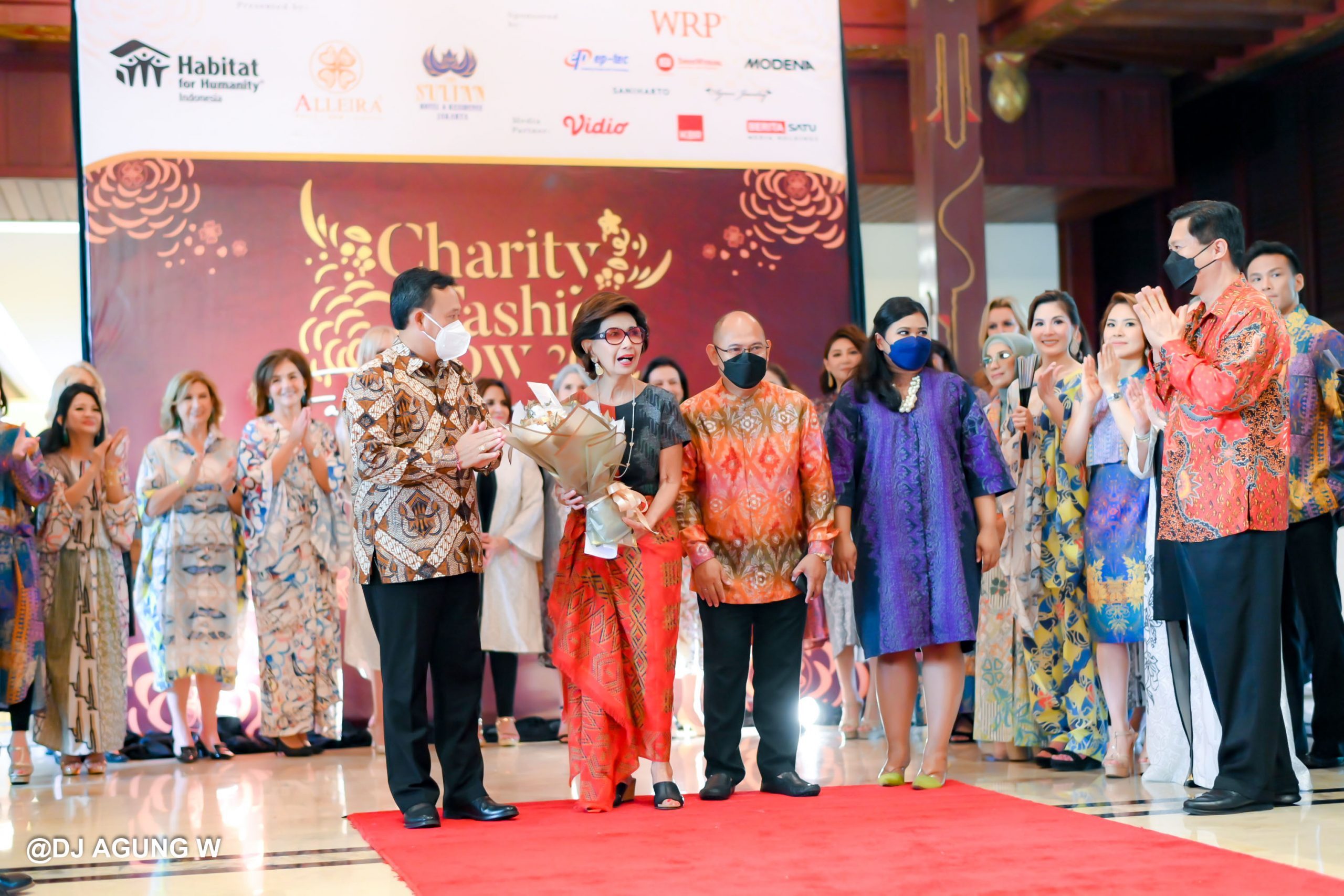Habitat Held Charity Fashion Show to Prevent Stunting
Until today, many regions in Indonesia still face the problem of stunting in children caused by poor nutrition or repeated infections. Children who suffer from stunting cannot grow and develop normally. The Asian Development Bank in 2020 reported that the prevalence of stunting in Indonesia was the second highest in Southeast Asia, reaching 36% or 8.2 million children. The Tangerang District Health Office in 2021 stated that there were more than 4,000 children under five years old (aged 0-59 months) in Tangerang District suffering from stunting, which caused by poor sanitation, availability of clean water and low public awareness for hygiene living. This condition threatens us to lose a healthy generation.

To prevent children stunting in Mauk Tangerang, Habitat for Humanity Indonesia in collaboration with Alleira Batik and The Sultan Hotel & Residence Jakarta held a Charity Fashion Show on March 23, 2022 at 15.00-17.00 WIB at Kudus Hall, The Sultan Hotel & Residence Jakarta. The fashion show, entitled “Fashion for Hope”, presented the spouses of ambassadors from friendly countries, members of the Women International Club, and socialites as fashion models featuring elegant batik clothing from the Alleira collection. Apart from enjoying the stunning appearances of the models on the runway, guests also had the opportunity to purchase Batik Alleira collection, where a portion of the sales proceeds will be used to build toilets and access to clean water in Mauk, Tangerang to prevent stunting there.
Not only can the Charity Fashion Show be enjoyed live by the invited guests present at the Kudus Hall, but the public can also enjoy the event which was broadcast live on Vidio. It is hoped that after this event is held, Indonesian batik lovers can contribute to supporting stunting prevention in Mauk, Tangerang by purchasing Alleira products which are also offered through e-catalog until April 20, 2022. This event is also expected to attract people’s love for batik which in 2009 It has been listed as a heritage of humanity by UNESCO. It is an ancestral cultural heritage that we should preserve.



